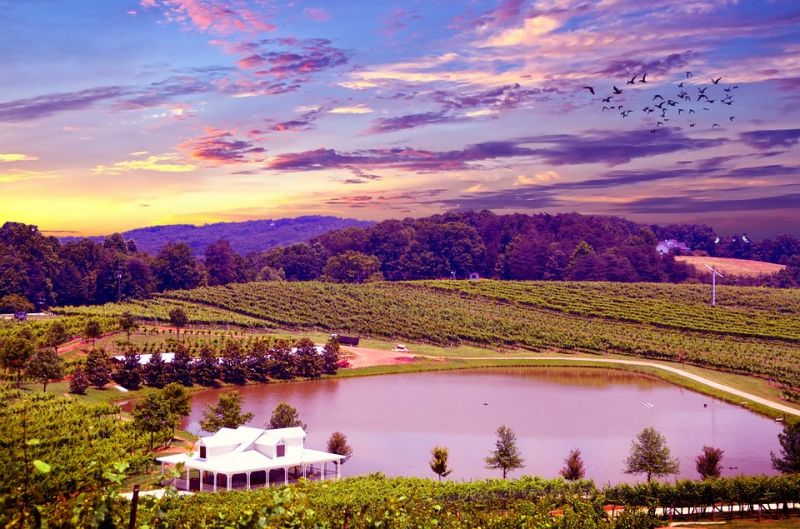Hit with Lower Revenues, Napa to Pursue Higher Rates for City Water Service
Published on by Robert Brears, Founder of Our Future Water, Young Water Leaders, Mitidaption & Author (Springer Nature, Wiley) in Government
The City Council gave the go-ahead to the Water Division to pursue a new pricing model that would impose a minimum charge on all its customers in homes, businesses and elsewhere, applying to the thriftiest as well as the most intensive water users.

Napa Valley, Image source: Pixabay
Together with a set of yearly rate hikes based on consumption level, the move would raise bills for a family using 5,000 gallons a month from the current $28 to $35 next year, and on to $47 by 2022.
A steady decline in water sales since 2014 requires Napa to act in order to meet expenses that stay the same regardless of consumption, according to Joy Eldredge, manager of the Water Division.
From a total of $27 million in the 2013-14 fiscal year, sales revenue sank to $22.2 million by 2016-17 – $6.7 million off from the city’s forecast of six years earlier – as California’s worst drought in more than two decades led to mandatory 25-percent water-use cuts by its cities starting in 2015.
Without replacing lost revenue, “we’re putting Band-Aids on top of Band-Aids, instead of making proactive repairs, and your costs go up,” she said in a City Hall chamber temporarily occupied by four broad, chest-high plastic containers totaling 1,000 gallons of capacity – the city’s basic unit of water sales.
The City Council’s unanimous vote allows Napa to mail notices of the possible pricing changes to customers inside and outside the city limits, and sets up a state-required public hearing at 6:30 p.m. during the council’s Nov. 7 meeting. Customers can comment on the rate increases by mail, or in person at the hearing.
The mailers also will include mail-back forms for those wishing to protest the increase, as required by Proposition 218, the 1996 law regulating votes on rate increases and taxes. If a majority of ratepayers formally declare their opposition by postal mail, the new water rates cannot move ahead; verbal, email or fax statements will not be accepted toward the vote count.
Napa’s new water pricing system, which would take effect Dec. 1 and first appear on February 2018 bills, would set a base charge of at least $28.59 every two months for addresses connected to a ¾-inch pipe, with the minimum going up for larger water lines. Each October in the next four years, that baseline would go up – to at least $33.02 in 2018, $38.16 in 2019, $42.95 in 2020 and $48.58 in 2021.
Currently, only those in single-family homes pay a fixed fee, which starts at $16.72 bimonthly for addresses within Napa boundaries.
The water-rate package also would charge water customers each month for every 1,000 gallons they use, rather than imposing consumption-based pricing only on those buying 4,000 gallons or more.
Residential customers would see quantity charges start at $4.07 per 1,000 gallons, then rise to $4.23, $4.34, $4.46 and $4.57 over the next four years. Napa would charge higher rates to serve multi-family complexes, commercial buildings and irrigation-based businesses.
Napa maintains two watersheds, three treatment plans, 14 storage tanks and about 350 miles of pipes, a system that water officials say would cost $480 million if built from scratch today.
Maintenance expenses are expected to increase faster for older pipelines in the system, including about 20 miles of pipe in service for nearly a century. Napa also is pursuing upgrades such as pipes to carry water beneath Highway 29 and along Third Street, as well as treatment-plant upgrades to lower the level of trihalomethanes, a chlorination by-product that scientific studies indicate may increase cancer and other health risks in extremely high concentrations.
Read full article: Napa Valley Register
Media
Taxonomy
- Water Charging & Pricing
- Water Resource Management
- Water Resources
- Sustainable Water Resource Management